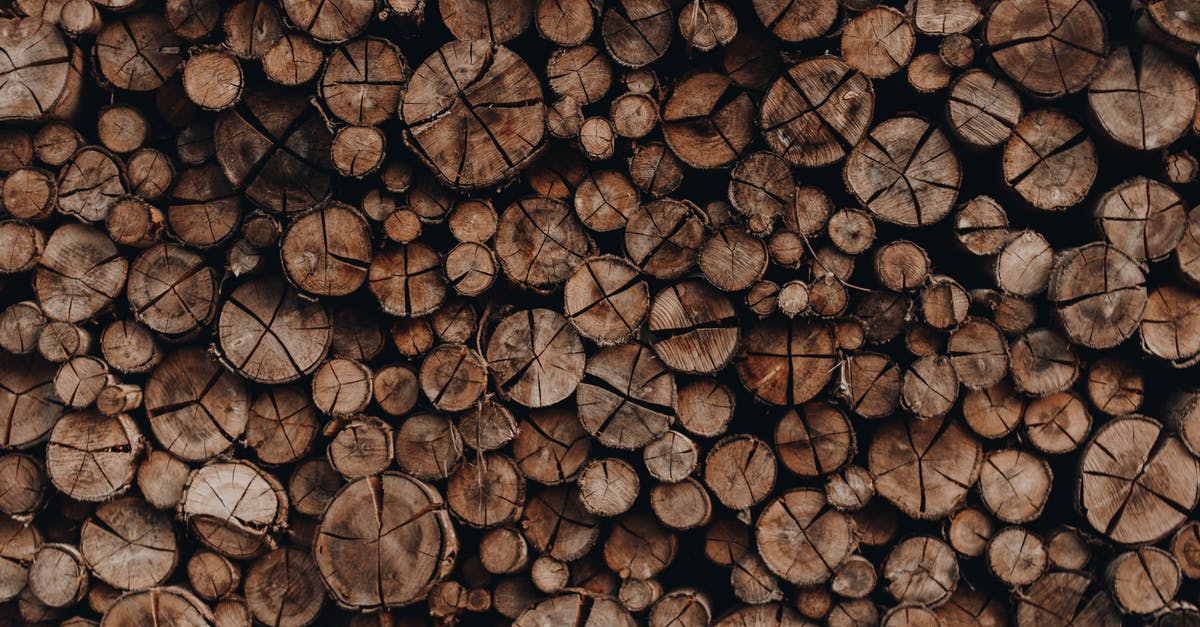What is the purpose of dry aging a steak?

I picked up some Porterhouse steaks this weekend and intend to cook them up steakhouse style, dry-aged and broiled(US) under high heat. What does dry-aging do to the steaks, and why is this one of the steps to cooking a truly excellent steak?
Best Answer
I go into a lot of detail regarding steakhouse quality steaks in my answer here.
Excerpt:
Any steak you buy in the grocery store is minimally wet aged. The finest steakhouses dry age their beef. The difference? Wet aging consists of simply vacuum packing the meat (as in a whole side of cow) and refrigerating it for about a week. After that, it's cut smaller and sold to stores. Dry aging is a more complicated and expensive process. Dry aged beef is hung for at least two weeks in a refrigerator. Moisture in the meat is allowed to escape and evaporate, which concentrates the beef flavor of the beef. The beef also grows a moldy rind which is cut off and thrown away. After the aging is complete you're left with 75-80% of the meat you started with. This commands a premium price.
Please note that the dry aging happens long before you purchase the steak. The entire cow is dry aged before it is even cut. You cannot truly, safely dry-age steaks in your home. There are refrigerator aging approximations, but they are just that, approximations.
Pictures about "What is the purpose of dry aging a steak?"



More answers regarding what is the purpose of dry aging a steak?
Answer 2
Generally, any kind of aging helps the natural breakdown process. Moisture evaporates from the meat, leaving behind more flavor. The connective tissue in the meat breaks down and makes the meat more tender. Aging the meat past 10 days or so doesn't make it more tender, but it does increase the flavor.
Answer 3
Dry-aging is typically something done 'before' you purchase the meat. Unless you have proper machinery (sanitary, temperature and humidity controlled, room).
I think the dry-aging process allows some moisture to escape from the meat, leaving more concentrated flavors behind.
Answer 4
Basically, it's concentrating the flavor of the meat by removing water, and tenderizing the meat by allow it's own enzymes to break down some of the connective tissue.
Sources: Stack Exchange - This article follows the attribution requirements of Stack Exchange and is licensed under CC BY-SA 3.0.
Images: icon0.com, icon0.com, Ann poan, João Vítor Heinrichs
